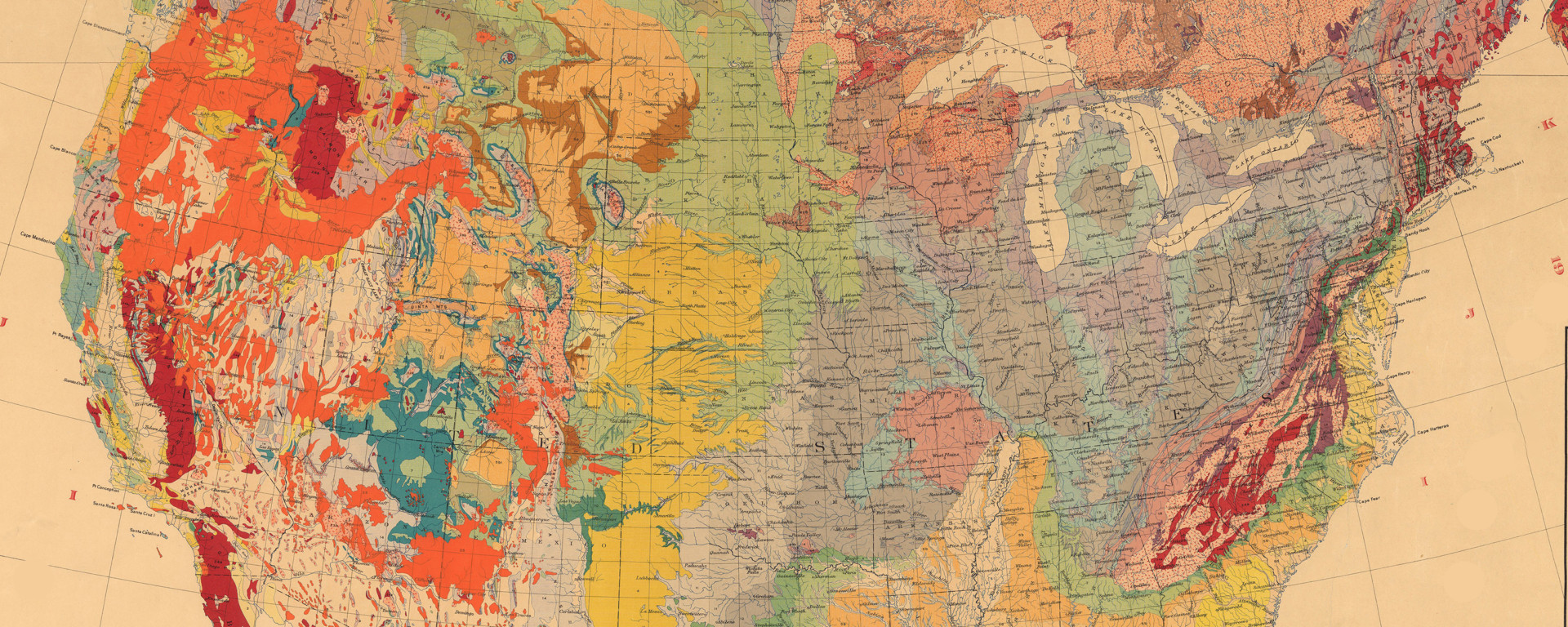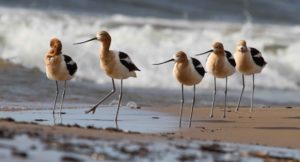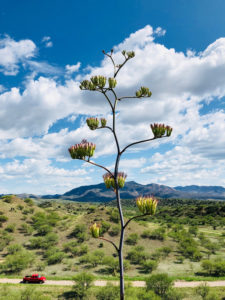
Five teams across North America, dedicated to making an impact in conservation, have been selected as finalists for the Connectivity Challenge, a $100,000 incentive prize launched by Colorado State University’s Salazar Center for North American Conservation.
One team will be chosen as the winner, following a virtual pitch event during the Center’s second annual symposium on Sept. 16.
The Connectivity Challenge is the Salazar Center’s inaugural Conservation Impact Prize, which was created to fund meaningful change in the field of conservation. The winning team will be selected based on demonstrating the greatest potential to realize landscape-scale connectivity that, in turn, benefits habitats, builds resilience and improves the health of natural systems.
The finalists were selected late last year from a pool of 46 applicants whose work represents a range of conservation efforts across the United States, Canada and Mexico. Proposals were reviewed and scored by a diverse committee of expert judges drawn from leadership in philanthropy, academia and the nonprofit and for-profit worlds.
Funding for the prize comes from the Trinchera Blanca Foundation, a Colorado affiliate of The Moore Charitable Foundation, and Bohemian Foundation.
Connectivity Challenge finalists
Birds Connect Us: Empowering Communities through Migratory Bird Technology
 Submitted by the National Audubon Society in the Great Lakes region of the U.S., this team would use the Connectivity Challenge funding to engage communities of color in citizen science, while also providing opportunities to develop educational STEM experiences and advocating for improved urban natural habitat areas, which are an important sanctuary for migratory birds and other wildlife. They plan to establish wildlife tracking stations in urban communities as focal points for a series of activities co-developed with community-based organizations. The ultimate goal is to foster local advocacy for urban natural areas and, at the same time, improve community health and wellness across the metro areas of Chicago, Detroit and Milwaukee.
Submitted by the National Audubon Society in the Great Lakes region of the U.S., this team would use the Connectivity Challenge funding to engage communities of color in citizen science, while also providing opportunities to develop educational STEM experiences and advocating for improved urban natural habitat areas, which are an important sanctuary for migratory birds and other wildlife. They plan to establish wildlife tracking stations in urban communities as focal points for a series of activities co-developed with community-based organizations. The ultimate goal is to foster local advocacy for urban natural areas and, at the same time, improve community health and wellness across the metro areas of Chicago, Detroit and Milwaukee.
Cascadia Biodiversity Watch: Visualizing Dynamic Landscape Connectivity in Real-time
This proposal comes from RESOLVE, whose team hopes to create the Cascadia Biodiversity Watch, a first-of-its kind planning and spatial prioritization tool for the Cascadia region of the Pacific Northwest and Canada. Built on Google Earth Engine, the tool would provide dynamic maps of land use, landscape integrity, connectivity, projected biome shifts and more. To help address rapidly changing land uses in the region, it would allow a range of users to track habitat for at-risk species and habitats and design land-use scenarios to mitigate extinction risks for conservation target species. The project team plans to engage climate adaptation partners, Tribes and First Nations, universities and NGOs.
Catalyzing Connectivity for Tribal Cultural and Community Resilience
The Climate Science Alliance has proposed a project to protect and promote landscape connectivity in southern California, where such activities are often difficult to achieve in the face of increasing development pressures. Recognizing that tribal communities in the region are among the most susceptible to climate change impacts —but most likely to be left out of land-use planning conversations — this team proposes a collaborative effort to enhance landscape-scale conservation efforts and advance tribal resilience. They plan to integrate Western science and traditional knowledge to restore and connect wildlands in the region, with the ultimate goal of shifting power to their tribal community partners and, hopefully, rethinking the conservation paradigm in southern California and beyond.
Bacanora for Bats: Binational Conservation and Sustainable Agave Spirits

Nectar-feeding bats rely on wild agave plants for sustenance as they migrate through the Sonoran region at the U.S.-Mexico border. In turn, they serve as the plants’ primary pollinators. But these plants are disappearing due to increased demand for bacanora, a regional mezcal. To address these threats, Borderlands Restoration Network has proposed a collaborative partnership of universities, herbaria, government agencies, local policy regulators, nonprofits and bacanora producers and consumers in Mexico and the U.S. This team will evaluate connectivity between wild agave populations and the impacts of bacanora production on pollinators. They hope to use this new data to support the creation of a sustainability certification for bacanora producers, a policy initiative that could prevent further ecological degradation, while at the same time celebrating regional food heritage and promoting a restorative economy.
Restoring Mine Lands for Habitat Connectivity in the Central Appalachians
A team from The Nature Conservancy has submitted a proposal to collaborate with local communities interested in restoring landscapes damaged by the mining legacy in Central Appalachia, a region of the eastern U.S. critical to supporting ecosystem resilience in the face of climate change. Extensive coal mining activities have inhibited habitat connectivity here, primarily through deforestation and the degradation and pollution of regional waterways. Because there are limited resources to invest in restoring old mines, certain sites must be prioritized to achieve the maximum benefit — for both people and nature. This team hopes to use innovative landscape-scale mapping and a cost-benefit analysis to determine those priority sites, the restoration of which would help sustain healthy ecosystems, support local economies, and enhance climate change adaptation.
Visit the Connectivity Challenge website
Learn more about these finalists and other top proposals on the Connectivity Challenge website. The finalists’ pitch event on Sept. 16 is open to the public. Tickets will be available starting the week of July 20 at salazarcenter.colostate.edu/events/2020-symposium.